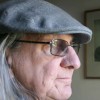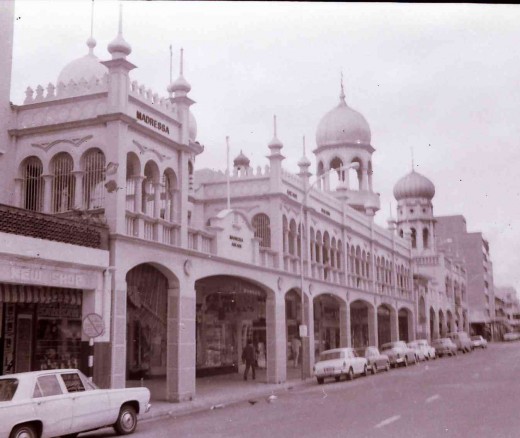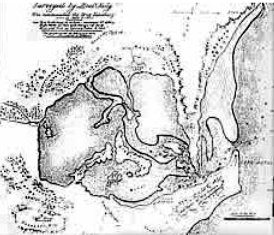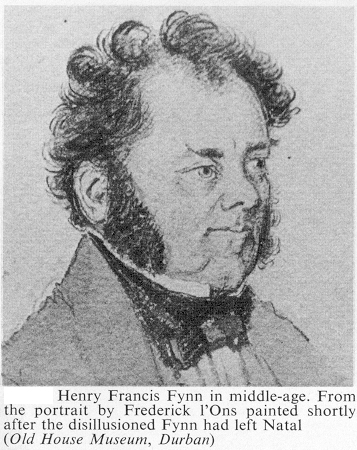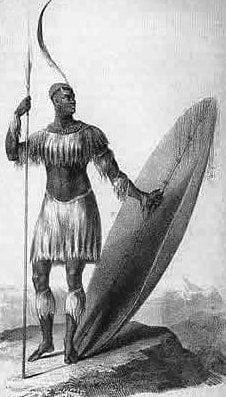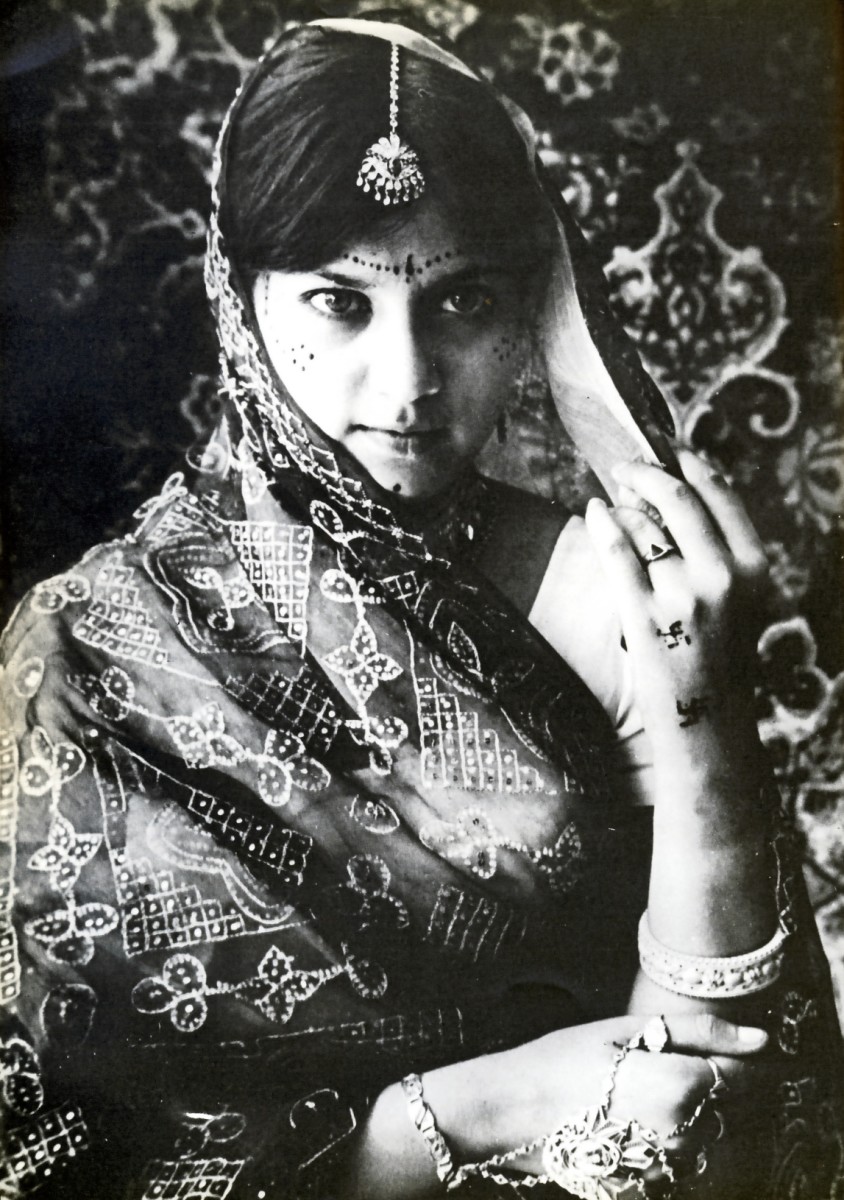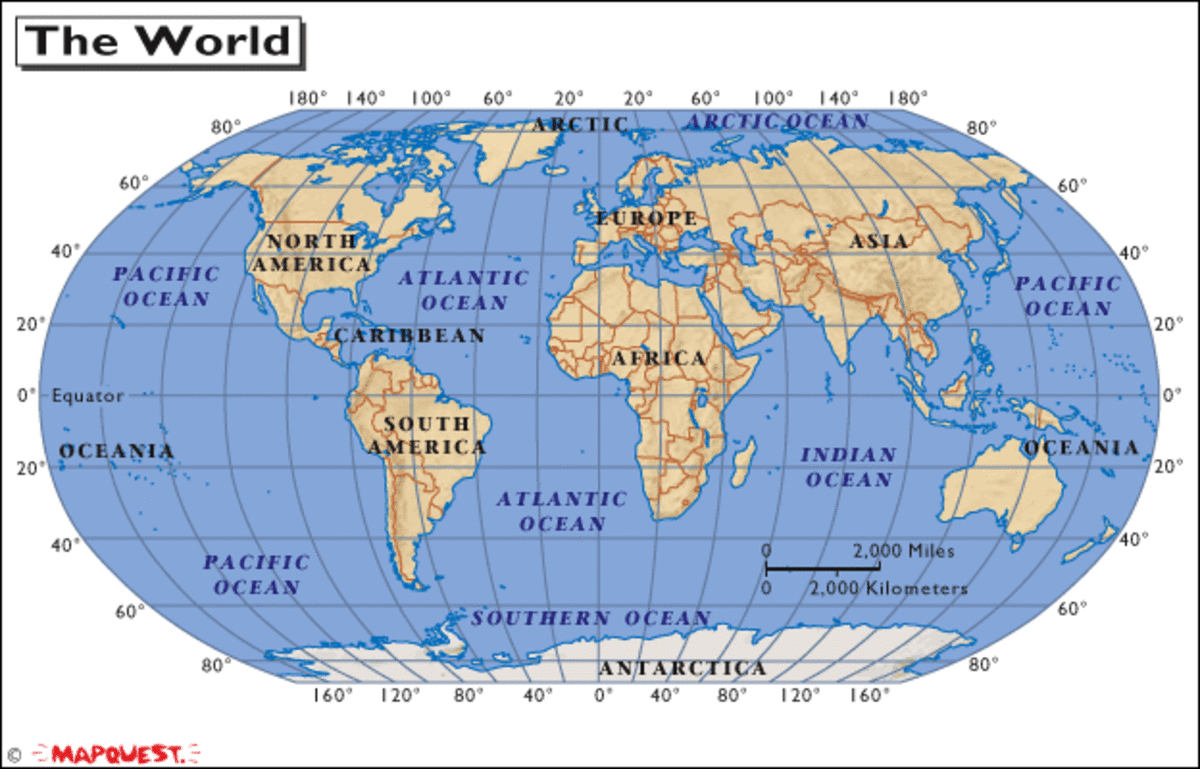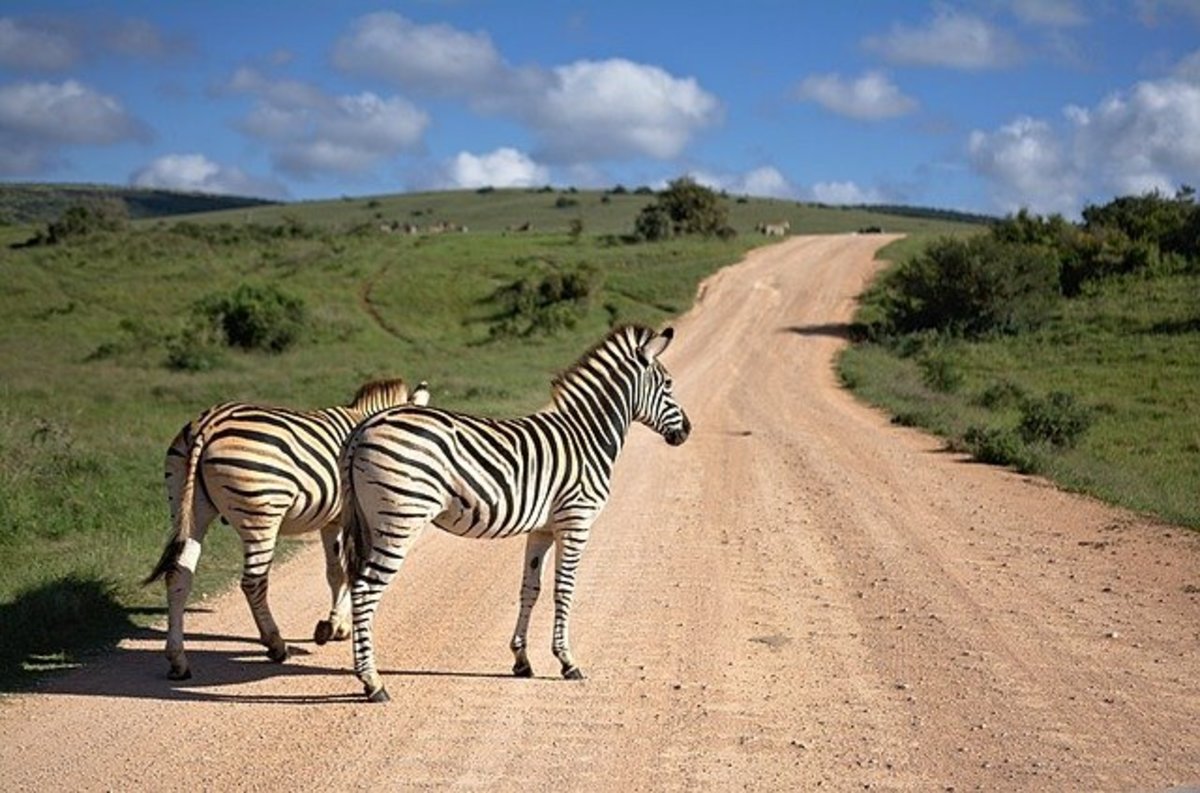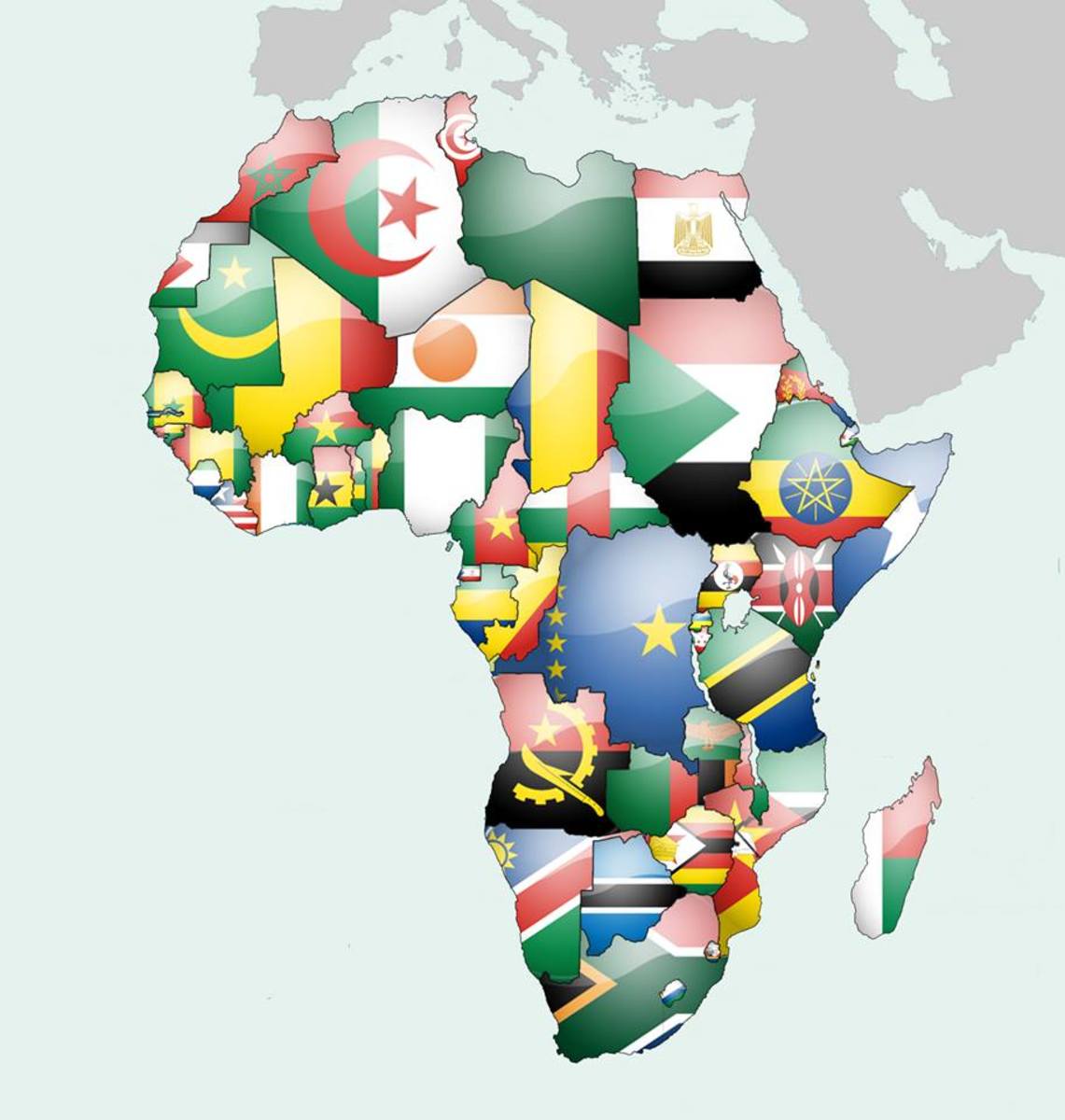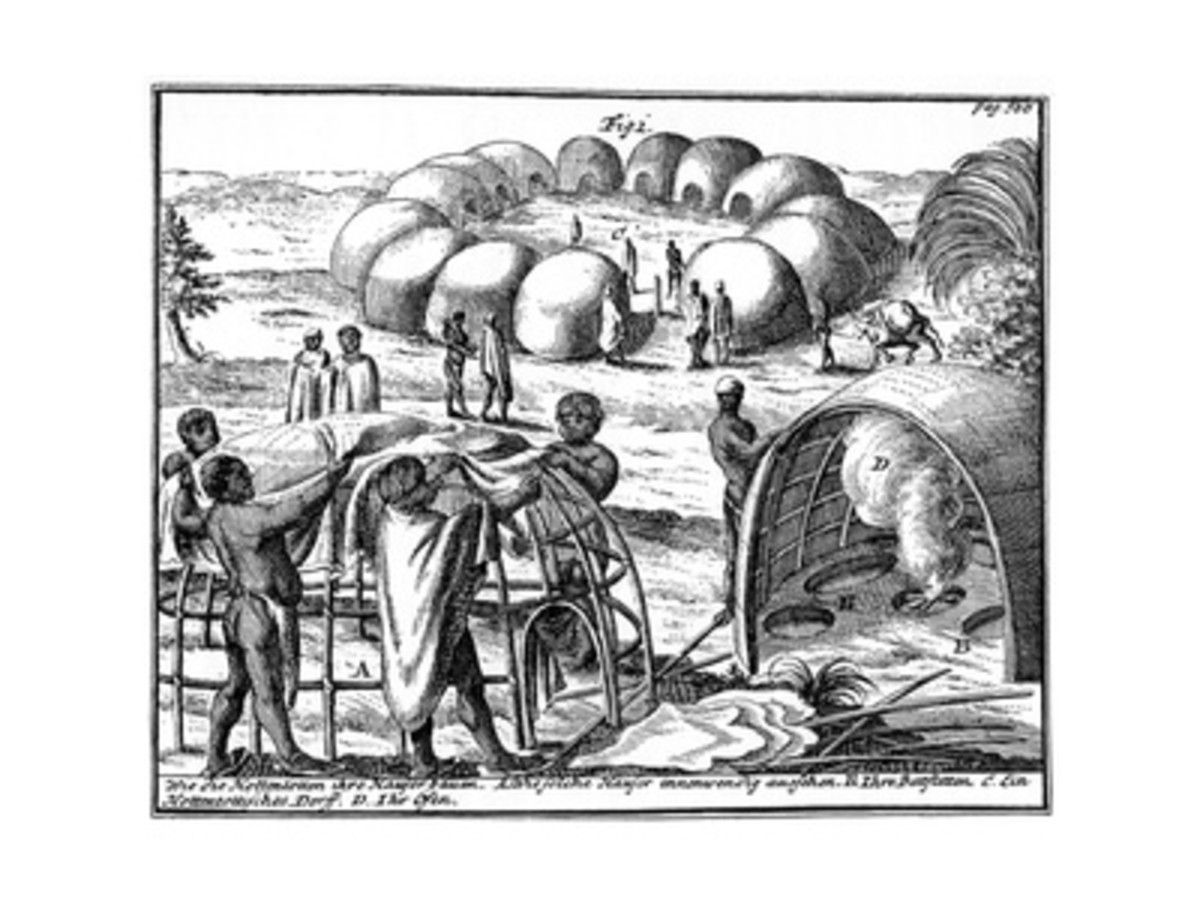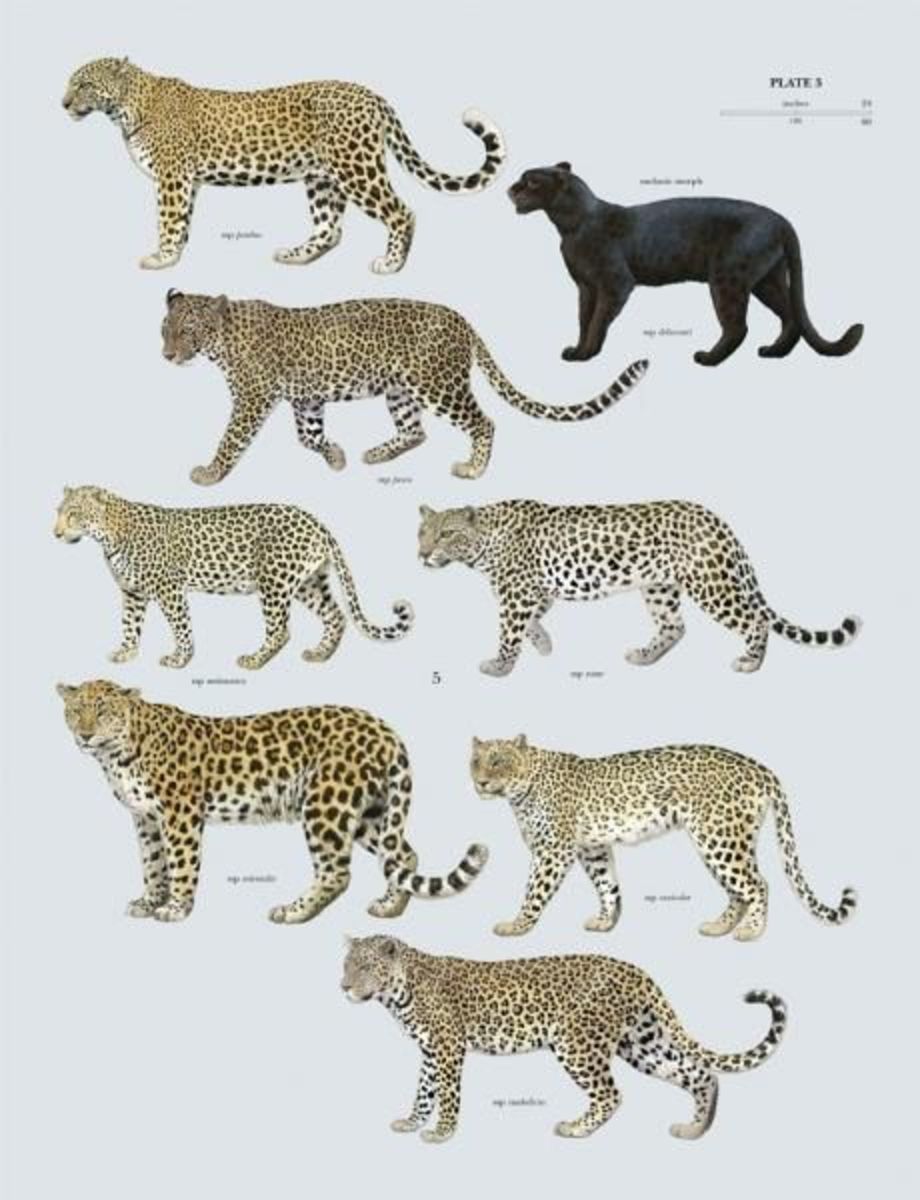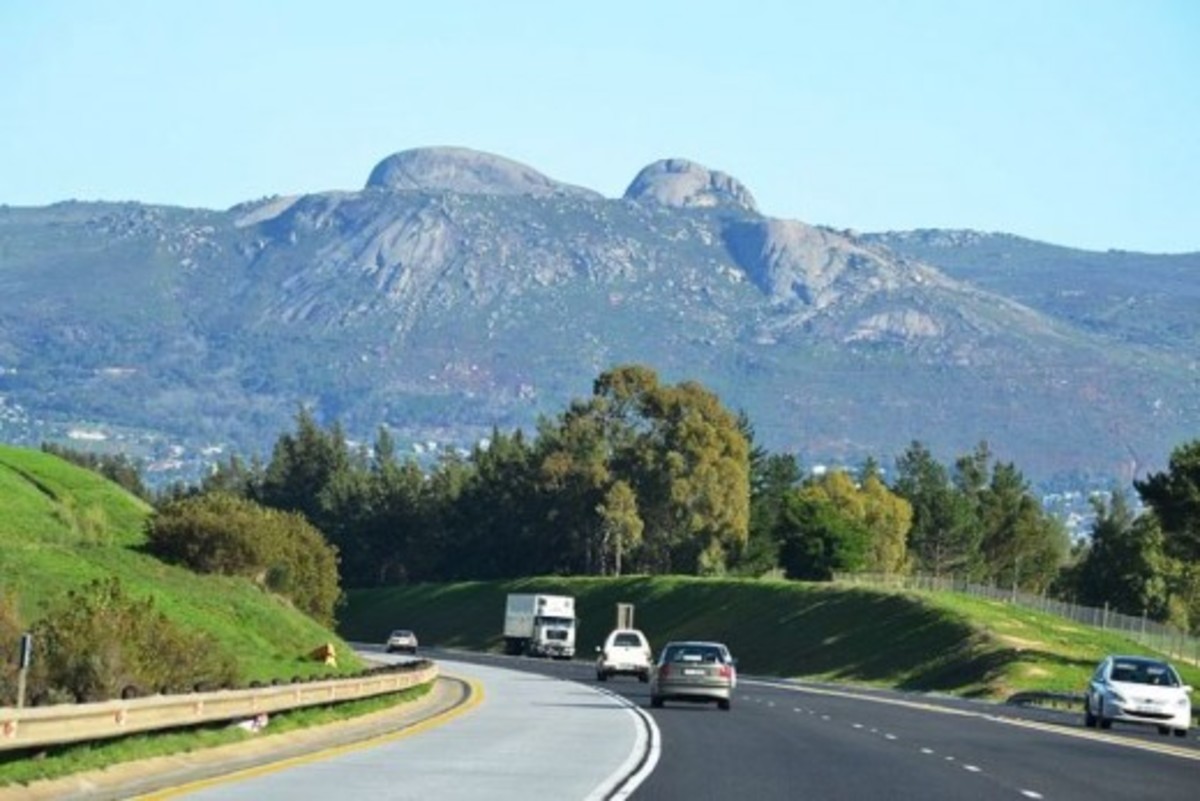- HubPages»
- Travel and Places»
- Visiting Africa»
- Travel to Southern Africa
South African holidays offer "a world in one country" and treats for all the senses
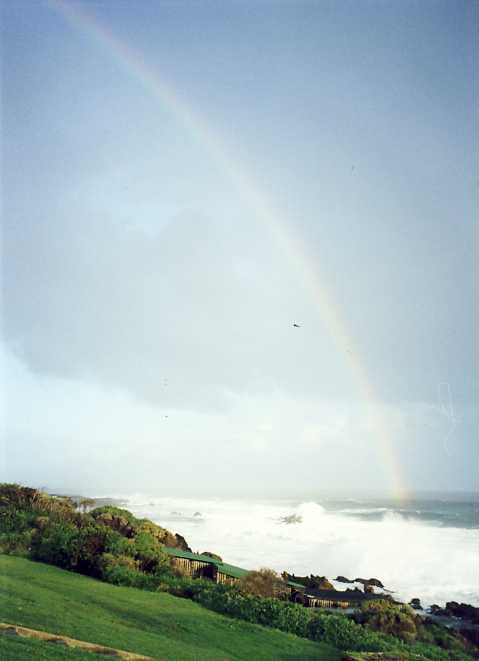
A world in one country
South Africa is a country of great natural beauty, with wonderful people and a climate that is for most of the year quite idyllic. From the Mediterranean climate of the Western Cape to the sub-tropical climate of kwaZulu-Natal, from the lush mountain gorges of the north east corner of the country to the semi-desert of the West Coast and the Karoo, it is indeed, as the old tourism slogan would have it, “A world in one country” and a wonderful holiday destination.
Anyone wishing to find entertainment from sophisticated night life to rugged river safaris, from game lodges to extravagantly opulent hotels, the country can offer it all.
This Hub is just a brief overview of the amazing possibilities South Africa can offer to those wanting a holiday with a difference. South African holidays hold promises of fun, sun and even education making travel to South Africa great value for money.
The country has had its gut-wrenching moments of violence to vistas of peace, from mining gold in the depths of the earth to finding art of great beauty hidden in rocky overhangs in the mountains. The country boasts the highest bungee jumping site in the world and the deepest mine. It is a country of contrasts in both experience and ambience.
The recent history of the country has brought out the best and the worst in people, but over it all the blue skies and warm sun make it a place of welcome, a place where the sports lover and the music lover can both find their fill, where food and wine bring people together, where literature celebrates life and the fulfilling of dreams.
Besides the vibrant and lively present, South Africa also has a rich and varied history, dating back many millennia to the emergence of the first humans on the planet.
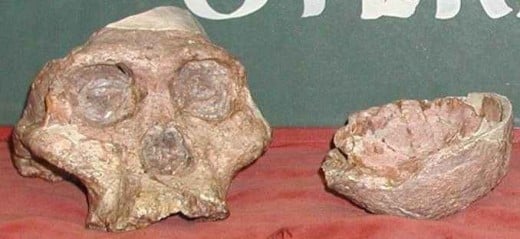

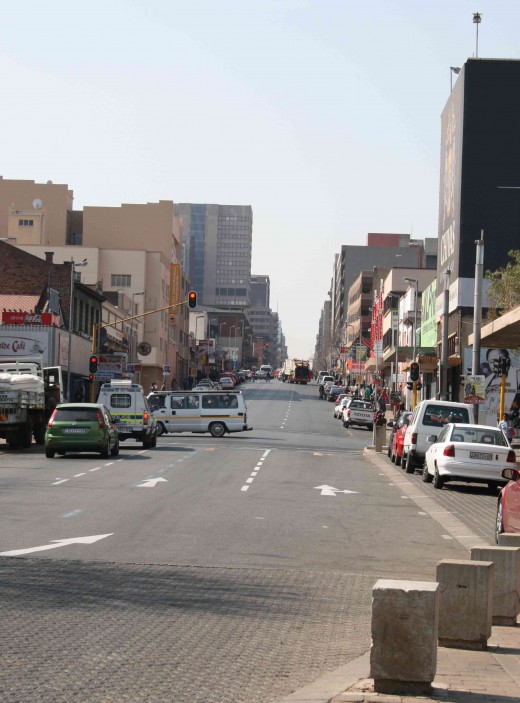
Johannesburg
Most people coming to South Africa will have their first taste of the country at the very modern O.R. Tambo International Airport in Johannesburg, the largest and busiest airport in Africa. The airport buildings have recently been upgraded and modernised to cope with the massive influx of fans who came for the Fifa 2010 Soccer World Cup and is now also connected to Sandton, in the north of Joahannesburg, by the high-speed train service known as the Gautrain. From O.R. Tambo to Sandton takes just a little more than 15 minutes on the Gautrain.
There are also several hotels close to the airport, including the luxury Sun International within the airport complex itself which offers a 24-hour service for meals and checking in and out.
Johannesburg is known in English as the “City of Gold” and in the Nguni languages as “eGoli” and in the Sotho languages as “Gauteng”, both names being synonymous with the English, as it is the centre of the gold mining industry. Gold was discovered there in 1886 and very quickly Johannesburg began to grow from, dusty mining camp to the huge metropolis it is today.
Something of the atmosphere and feel of old time Johannesburg can be found at the theme park known as Gold Reef City in the south of Johannesburg.
Close to Gold Reef City is the Apartheid Museum, a world-class exhibition focusing on the history of apartheid. “The museum is a beacon of hope showing the world how South Africa is coming to terms with its oppressive past and working towards a future that all South Africans can call their own.” (From the Apartheid Museum website.).
There are tours to Soweto (South Western Township) where in 1976 students rose up against the system of Bantu education, to the Sterkfontein Valley in which is found the World Heritage Site the Sterkfontein Caves where some of the world's most important fossil finds have been made, and within the city itself. One of the most famous of these is the Australopithcus africanus skull popularly known as "Mrs. Ples".
Kruger National Park
If game watching is your thing, then Kruger, as it's commonly known, is like heaven on earth, especially in the drier months when the vegetation is sparser, making game viewing easier.
Kruger is one of the biggest game park in Africa. It is about 360 kilometres in length (north to south) and about 65 kilometres wide (west to east). It is part of the larger Great Limpopo Transfrontier Park, which incorporates the Gonarezhou National Park in Zimbabwe, and with the Limpopo National Park in Mozambique.
The 20 parks managed by South African National Parks, (SANParks) number 20, including Kruger, and range from lush coastal parks to semi-desert areas. Bookings for any of the parks can be made through the centralised booking system at the SANParks website.
Kruger is home to 147 species of mammals (including the famous “Big Five”), more than any other game park in Africa. In addition about 517 species of birds are found there, of which about 253 are permanent residents.
The “Big Five” of game are lions, elephants, black rhinos, leopards and Cape Buffalo.
One of the biggest threats to Kruger's wildlife, especially rhinos, is poaching.
Within the park 21 rest camps provide accommodation with different levels of luxury. Anyone wishing to stay in one of the camps is advised to book well in advance as bookings are generally very popular.
The park can be accessed by road or by air. There are daily scheduled regional flights from O.R. Tambo to the Kruger Mpumalanga International Airport (KMIA) near Nelspruit. From there it is an easy drive in a hired car to one of the gates of the park.




Durban
In December 1497 Portuguese explorer Vasco da Gama sailed along a beautiful coastline with green grassy hills rolling down to pristine white sandy beaches. He named the area “Natal” or Christmas in Portuguese, in honour of the season of the Church calendar.. He and his crew were the first whites to see what has since become a popular holiday destination both for South Africans and for visitors from other parts of the world. The holiday capital of South Africa, Durban, developed in the lovely bay, becoming the biggest city on the east coast of Africa.
While not much is known about the early inhabitants of the area, by 1824 whites began to settle on the shores of what became known as Durban Bay. Among the first settlers there was one of the many colourful characters of South African history, the adventurer Henry Francis Fynn. Soon after arriving at what was then known as Port Natal in April 1824, Fynn and some of his men went to find the great King of the amaZulu, Shaka at his Royal place kwaBulawayo (not to be confused with the city of the same name in Zimbabwe), some 120 miles away.
During his stayat the Royal residence, an attempt was made on the King's life. A visiting warrior had stabbed Shaka with an assegai so severely that he was coughing blood and was at death's door for several days. Fynn, who had had some medical training at Christ's Hospital in London before coming to South Africa, was able to nurse the King back to health, and thus gained Shaka's trust. Shaka granted Fynn and his partner Francis Farewell occupation rights to an area around Port Natal, though it is doubtful that he meant them to set up a colony.
The natural harbour made Port Natal, renamed Durban in 1835, an excellent embarkation point for exports and the importance of it as a trading centre soon led to the town flourishing.
Durban today is the third largest city in South Africa with a unique character. Part of that uniqueness comes from the large concentration of people of Indian descent living there. Indentured workers were brought to Natal in from 1860 onwards to work in the growing sugar plantations along the North Coast, where conditions were almost perfect for the growing of sugar cane.
The harbour is the busiest in Africa. A new airport was opened just before the Fifa 2010 Soccer World Cup, the King Shaka International.
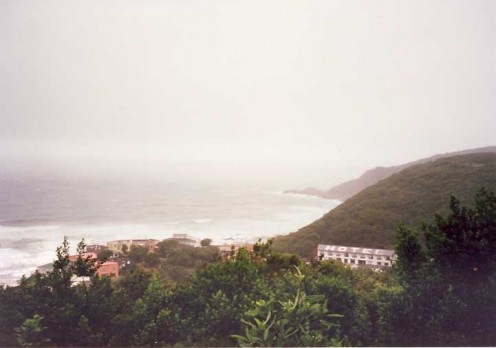
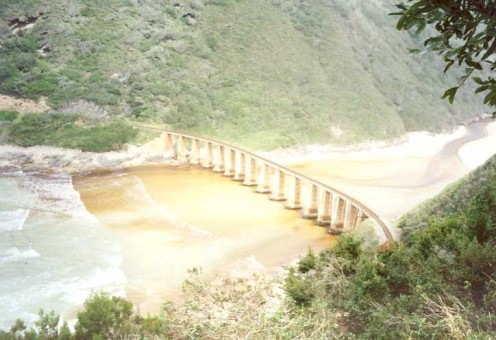
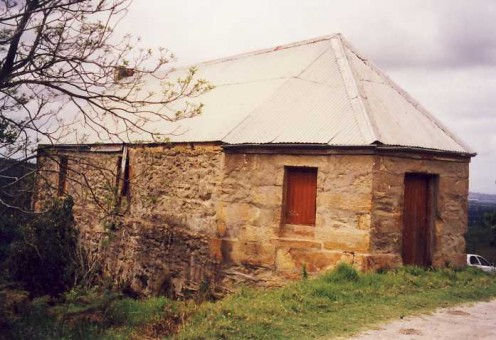
Outeniqua and the Garden Route
Possibly the most beautiful area in South Africa is the aptly-named “Garden Route” of the South Western Cape between the towns of Humansdorp to the east and Swellendam to the west. It lies in the area between the Outeniqua Mountains and the Indian Ocean, and is verdant, with rainfall all year.
The centre of the route is the ever-popular Wilderness on the mouth of the Kaaimans River with a string of lovely lakes to the east – the Langvlei, Rondevlei, Swartvlei and Ruigtevlei. These lakes stretch almost to the next popular part of the route, the scenic and historic town of Knysna.
Knysna is situated on what was the farm of one George Rex, reputed to have been the son of King George III and his mistress Hannah Lightfoot, though this is not certain. Rex lived on his farm, the called Melkhoutkraal, from 1804 to 1839, the year of his death. The town of Knysna was formed in 1882 by the amalgamation of two villages which had drown up in the area. The name Knysna is thought to be derived from the Khoi word for “ferns” or “fern leaves.”
Knysna is built on a lagoon which was for many years a thriving port for both commercial and defence purposes, though it is now only used for cruising and pleasure craft.
The town was built on the timber trade because of the lush and rich forests which flourished in the high rainfall area. Indeed one of the biggest trees in South Africa is found near Knysna, the so-called “Big Tree”, also known as the “King Edward VII Tree”, a yellow wood which grew to more than 40 metres in height with an eight metre circumference. It is believed to be more than 1700 years old.
George Bernard Shaw stayed five weeks in Knysna while writing The Black Girl in Search of God in 1932.
The Outeniqua Mountains were originally called the Serra de Estrella by the Portuguese explorers. The range runs more or less parallel to the coastline at a distance of some 16 to 32 kilometres. The area is rich in indigenous forests and abundant wild flowers because of the high rainfall.
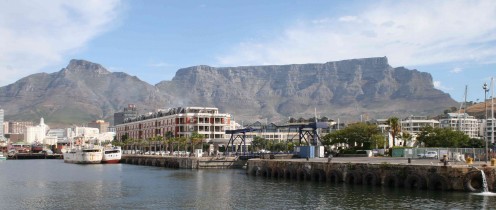
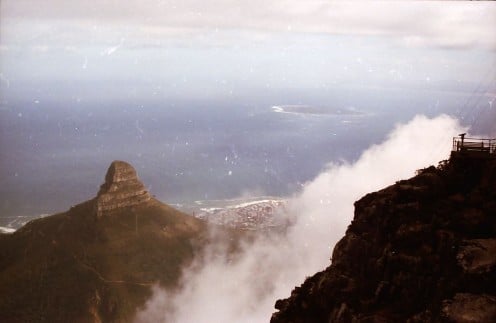
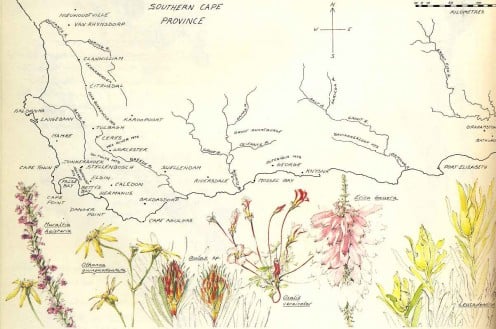
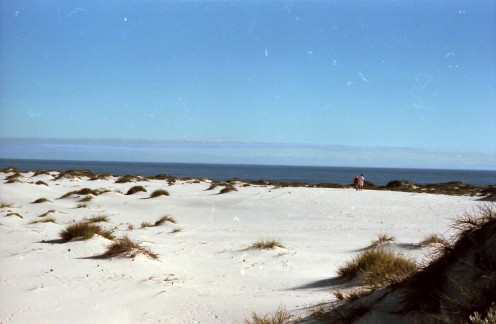
Cape Town and the West Coast
Cape Town is known as the “Mother City” of South Africa and has a long and varied history from its foundation in April 1652 when Jan van Riebeeck landed there until now. The city is rich in cultural activities and historical places.
From the heights of Table Mountain to the bustling Victoria and Alfred Waterfront Cape Town is a tourist heaven, offering extreme sports and great shopping, as well as wonderful sights and places of interest, ranging from the Houses of Parliament to the Cultural History Museum, District Six and the Bo-Kaap.
To the south of the city is the Cape Peninsular and Kirstenbosch National Botanical Gardens. The Peninsular on which Cape Town is built has the richest floral kingdom in the world, with as estimated species count of almost 2300. Most of these are part of the so-called “Fynbos” Biome, which extends far beyond Cape Town to the north and east.
Artist Liz McMahon and photographer Michael Fraser produced a remarkable and beautiful book on fynbos called A Fynbos Year (David Philip, 1988) which is a collectors' item. It is richly illustrated with beautiful drawings and photographs.
Up the west coast there are many fascinating places with interesting histories and attractive old buildings.
One of these is the hamlet of Mamre, called after the Biblical village mentioned in Genesis 13: 18: “So Moses moved his tent and settled by the terebinths of Mamre at Hebron.” The settlement dates from 1701 when the Dutch East India Company set up a military post there. It became a centre of farming and Merino sheep were imported from the Spanish Royal stud and established there. The area around was settled by remnants of Khoi people. The mission at Mamre was started by Moravian missionaries and the church they had built in 1817 is based on German double-ended church style.
The West Coast National Park on the promontory between the Atlantic and Langebaan Lagoon is of particular interest. Inside the park is the little fishing village of Churchhaven.
Langebaan Lagoon is off Saldanha Bay, a huge, safe natural harbour which handles the export of iron ore from the Sishen iron mines in the Northern Cape Province.
Further up the West Coast are the villages of Paternoster, St Helena Bay, Elandsbaai and still further north the fishing town of Lamberts Bay.
Inland from the coast is the aptly-named Sandveld, a rather sandy and often dry stretch of land which has spring flowers which rival those of the more famous Namaqualand. The Sandveld economy is based on wheat, and there are also large herds of cattle and sheep, as well as potato farms.
The West Coast is also known for the character of its people, who are renowned as story tellers and cooks. West Coast cuisine has a particular character based on its largely sea-based economy and the rich cultural heritage of its people, a mixture of Dutch, German and Khoi. Even the language they speak is unique in South Africa. Colourful and interesting, to say the least!
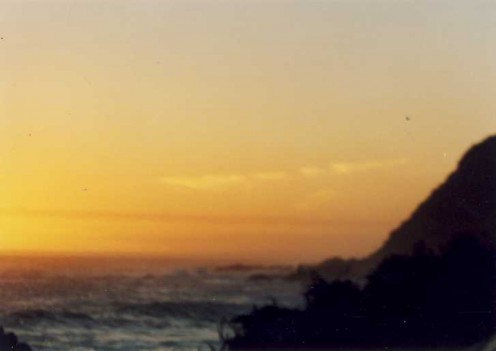
Envoi
To close this Hub I quote a section from a wonderful book by Thomas Chalmers Robertson called A South African Mosaic (C.Struik Publishers, 1978):
“From the nature of their environment many South Africans have become intensely aware of the succession of natural and man-made events, which from the Earlier Stone Age to the Space Age transformed the landscape in which they live. They can follow the spoors of events on the veld of the great inland plateau, in the Bushveld savannah and even in the groves of forest giants that cower in mountain valleys where they have escaped the axe. The first diamond diggers sifted stone tools out of the terraced river gravels and the steel mouldboard plough tore them from the topsoil of the new maize fields; in a limestone quarry miners' dynamite exposed the fossil skull of a hominid child that played there more than a million years ago; a clay furnace, once stoked with goatskin bellows, has been excavated near where the coke ovens of a steelworks smoke today; and the stone circles stacked round living sites by people of the Uitkomst culture, the first men to use iron weapons and tools in their onslaught on the environment, have given place to the city of Gold – iGoli, as the blacks named Johannesburg. To the south, where the first whites came in their wagons, there was a natural wonder as remarkable as the prairies and the pampas – the sweetveld grasslands on which lived the greatest biomass of wild animals in the world. Soon it was fenced and grazed and ploughed under to become Africa's largest granary.”
Copyright Notice
The text and all images on this page, unless otherwise indicated, are by Tony McGregor who hereby asserts his copyright on the material. Should you wish to use any of the text or images feel free to do so with proper attribution and, if possible, a link back to this page. Thank you.
© Tony McGregor 2010
